For a long time, architecture and construction were blamed for adding to an already polluted environment. Modern-day buildings, in the words of Architect Magazine, are ‘significant repositories and gateways of resource flows, and as a result, they are culpable in the air pollution problem—although the connection is often difficult to measure.’
However, green design or biophilia has brought some respite to ‘Save the Earth’ proponents and homebuilders. Let’s understand what biophilic design is and how you can add it to your home.
Table of Contents:
What is biophilic design in architecture?
According to the Cambridge Dictionary, ‘Biophilia is a love of all living things and nature, which some people believe humans are born with.’
American biologist Edward O. Wilson has defined biophilia as ‘the innate tendency to focus on life and lifelike processes.’ Biophilia hypothesis advocates that humans have an inherent need to connect to nature and other biotic forms, urged by evolutionary dependence on nature for personal fulfilment and survival.
In the AEC industry, biophilic design aims to enhance the connection between a building’s occupants and nature. Biophilic design is used at both the city and building levels, and is deemed to have environmental, health, and economical benefits.
A report by Terrapin Bright Green LLC in 2014 says that home buyers are more likely to pay higher prices for houses with natural views. Respondents answered that they were likely to pay 7% more for properties with excellent landscaping, 58% more for houses that overlook water, and a whopping 127% more for waterfront houses.
Why is biophilic design important?
Biophilic design works on the principle that humans are attuned to working in harmony with the natural environment through an evolutionary dependence formed over millions of years.
We’re not, in fact, as accustomed to the urban industrial environment – which sprung into existence only in the last 200 years.
Biophilic design incorporates natural materials, natural light, and plants to create a more relaxed and pleasing environment in workplaces or residential buildings. It offers physical and mental wellbeing through sensory contact with natural features that reduce stress and boost productivity.
Biophilic design is very popular in interior design drafting. Designers use human-centered approaches to create comfortable, habitable spaces after considering physical, mental, and emotional needs.
Biophilia can be extended to nearly all aspects of interior design – building materials and finishes, lighting, acoustics, furniture, casework and furnishings, lighting, wayfinding, ergonomics, and equipment.
And how does this happen?
By bringing characteristics of the natural world into built environments. Some examples include natural light, greenery, water, and elements like stone and wood. Spaces that embrace biophilia reduce stress and improve cognitive function and creativity.
Some core features of biophilic interior design include:
- Diminished boundaries between outdoors and indoors
- Dynamic and diffused lighting
- Scattered and varied vegetation, preferably clustered around spaces
- Use of local, natural materials
- Overlooking landscapes
- Close proximity to water
- Privacy and shelter
Who invented biophilic design?
Although the term biophilic design was coined only recently by German-born American psychoanalyst Erich Fromm in 1973, the concept can be seen in architecture dating as far back as the Hanging Gardens of Babylon.
In his book The Anatomy of Human Destructiveness, Fromm describes biophilia as ‘the passionate love of life and of all that is alive‘. Later, the term was used by Edward O. Wilson in his 1984 book, Biophilia. The book claimed that the affinity that humans feel for nature and natural life forms due to a genetic evolutionary dependence.
What are the benefits of biophilic design?
There have been several studies in the last 40 years that have explored the benefits of connecting structures with nature. Global biophilic experts of Oliver Heath Design explore some of these:
- The well being of employees goes up by 13%, while productivity increases by 8%, with reduced absenteeism and increased creativity if green design is introduced.
- Guests are willing to pay as much as 23% more for rooms that incorporate biophilic elements in their interior design drafting.
- The learning rates in biophilic educational spaces increase by at least 20 to 25%, with improved test results, focus and attendance, and reduced effects of ADHD.
- Healthcare spaces that introduced biophilic interior design have seen post-recovery times reduced by 8.5% and the use of pain medication by 22%.
- Customers are happy to shell out anything between 8–12% more on goods and services in retail spaces having landscaping and vegetation.
- Areas with access to nature have reported a more calming and restorative environment, with 7–8% less crime and a 4–5% increase in property value.
What is and is not biophilic design?
Biophilic design is made effective with elements that are connected and complementary, and that blend in with the overall environment. These elements also ensure that humans repeatedly engage and connect with natural elements around them.
While we may be biologically wired to have an affiliation for nature, contact will only be useful when it is nurtured via repeated reinforcements. So, the benefits of biophilic design depend on a prolonged, engaged contact with nature.
- Biophilic interior design focuses on acclimatization to nature, which has proven instrumental in advancing the health, well being, and fitness of humans. If the interiors do not boost productivity, they are not considered part of biophilic design.
- The essence of the design emphasizes fostering a continued impact on humans, induced via repeated and prolonged engagement with natural elements. In contrast, occasional or isolated experiences exert only superficial effects.
- Biophilic design drafting ideas require elements that fuse with the overall setting. The idea is to create an immersive ambiance providing a complementary and interconnected network for optimal well being of its occupants. In contrast, isolated exposures such as a lone plant or flower wallpaper are not effective biophilic designs.
- Biophilic green design calls out the inherent human inclination to connect with nature and to form the same emotional attachments indoors that would form outside within nature.These emotional attachments bolster productivity by allowing humans to identify and relate to places they work and reside in. Effective biophilic design nurtures connections among people and their environment, enhances relationships, and brings about a sense of membership in the community.
How to incorporate biophilic design in your home?
Stephen Kellert, one of the pioneers of biophilic design, has developed a framework where nature inside a building provides an enriching urban dwelling experience. The dimensions from his framework, which you can incorporate in your own home, can be divided into direct experiences that refer to tangible natural features, and indirect experiences that represent nature.
Direct experiences
| Element | Description |
|---|---|
| Light |
Can be achieved via reflective materials, clerestories, skylights, atriums, etc. |
| Air |
Can be achieved via windows and other passive outlets. |
| Water |
Can be achieved via fountains, aquariums, and wetlands. |
| Plants |
Can be achieved via green walls and potted plants. |
| Animals |
Can be achieved via gardens, aquariums, green roofs, or animal feeders. However, a bit difficult to execute. |
| Weather |
Can be achieved by manipulating air inside spaces. |
| Landscapes |
Can be achieved via self-sustaining ecosystems such as vistas and direct interactions with gardens. |
| Fire |
Can be achieved via crackling fireplaces or a fireside inglenook. |
Indirect experiences
| Element | Description |
|---|---|
| Natural imagery | Proven to be intellectually and emotionally gratifying; can be implemented through pictures, murals, videos, etc. |
| Natural materials | These materials are susceptible to weathering with time, invoking mental stimulation in people. Some materials used in interior design drafting include natural fibers, fabrics, leather, and furnishings. |
| Colors | Earthy tones such as subdued browns, greens, and blues mimic natural landscapes, offering a sense of tranquility and hygge |
| Light and air simulations | Limited spaces employ creative interior lighting and ventilation to mimic natural lighting and airflow. |
| Shapes | Columns and nature-inspired façades are used to achieve natural shapes that transform static areas into intriguing places. |
| Nature-evoking elements | The concept is to represent natural landscapes by influencing the structural design of a project. |
| Geometries | Façades can be designed using naturally occurring patterns such as fractals, honeycombs, and ripples for an appealing look. |
| Biomimicry | Use of natural solutions for human and technical issues. For instance, constant temperature and natural ventilation inside termite mounds offer insights into home building design. |
Incorporating biophilia in your interior design drafting with BluEntCAD
At BluEntCAD, we have a large team of talented professional drafters who love challenges. If you’re looking for an interior rendering company to develop a biophilic interior design, you’re at the right place. Our experts will understand your requirements and come up with wonderful ideas that incorporate biophilia into your home or workspace.
Get in touch with us now to discuss your project!
Maximum Value. Achieved.





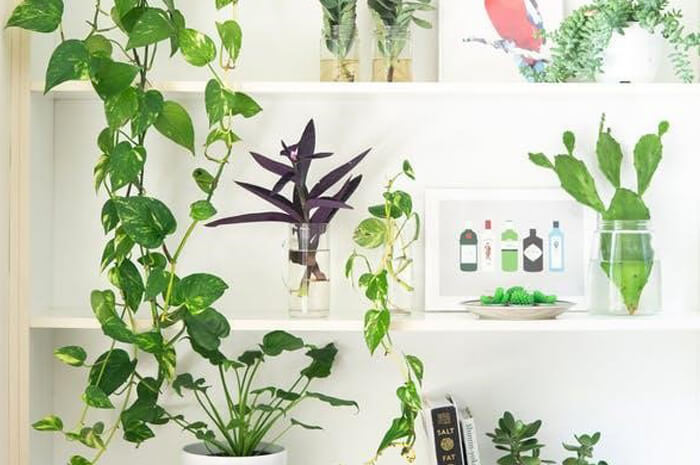
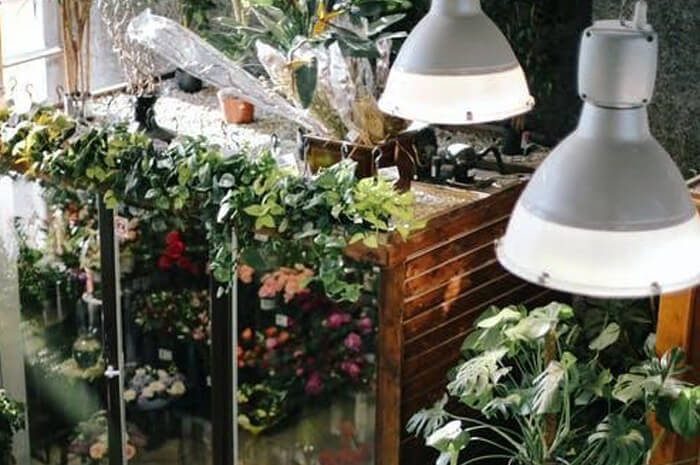
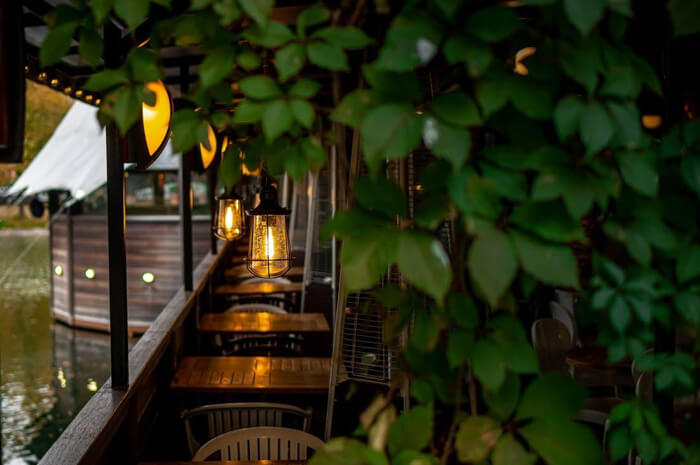

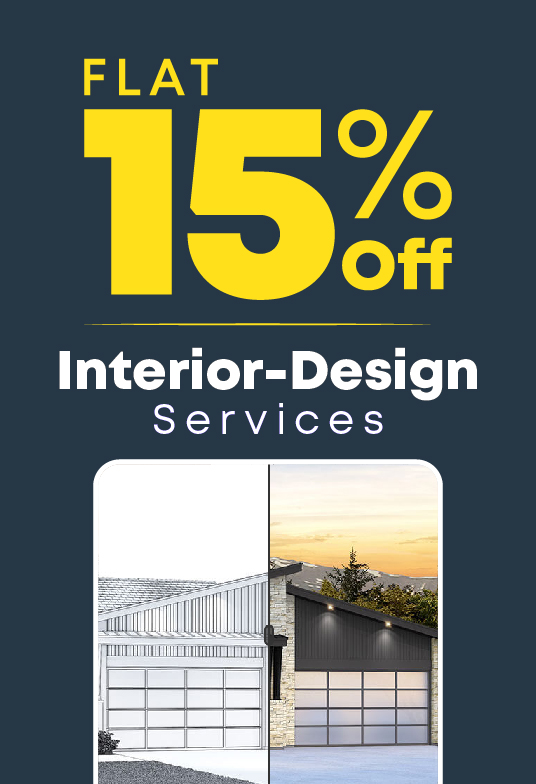


 Best 3D Custom Wardrobe Designs for Your Bedroom
Best 3D Custom Wardrobe Designs for Your Bedroom 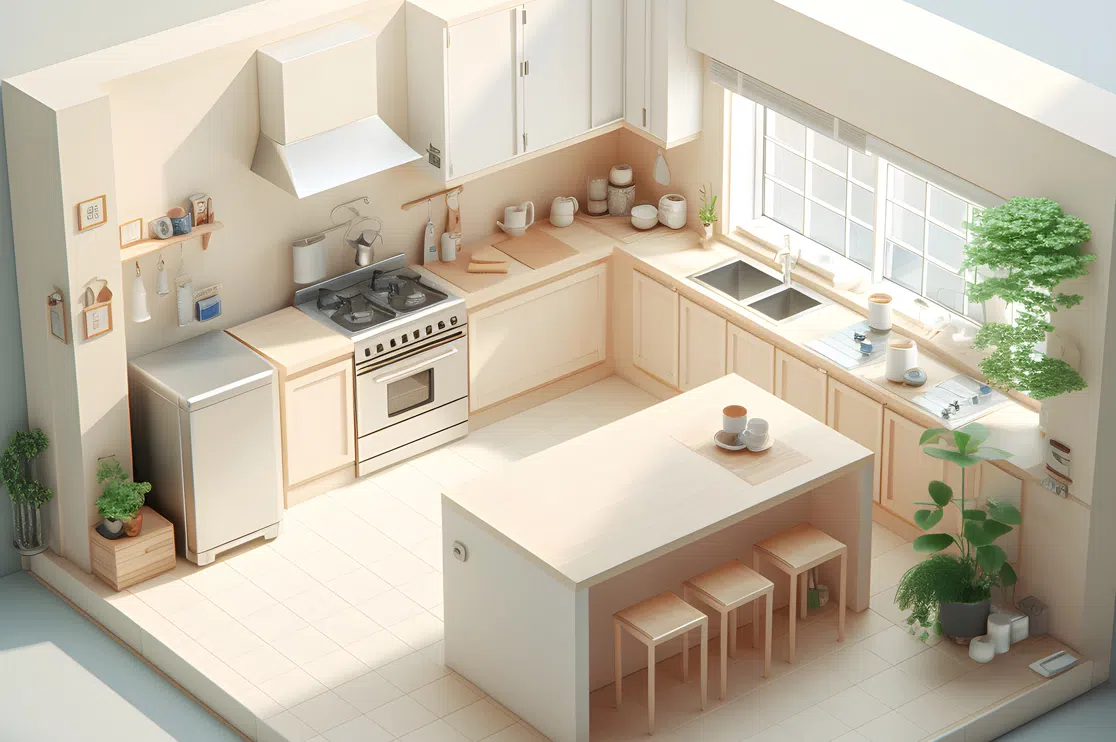 7 Stunning 3D Kitchen Design Ideas for a Perfect Remodel
7 Stunning 3D Kitchen Design Ideas for a Perfect Remodel 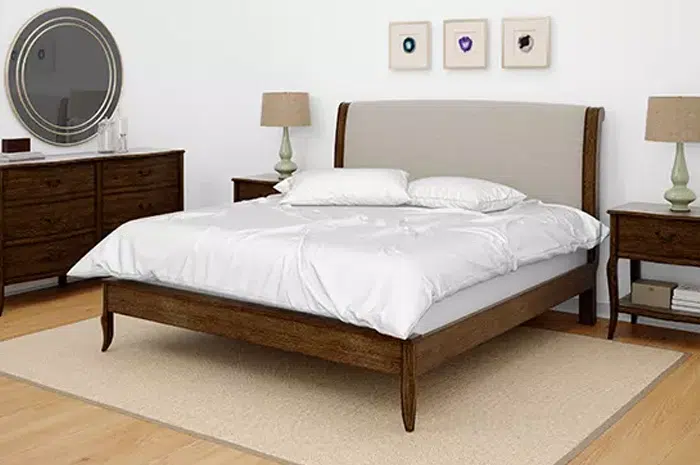 Shaker Style Furniture Trends and Key Elements Every Furniture Designer Should Know
Shaker Style Furniture Trends and Key Elements Every Furniture Designer Should Know 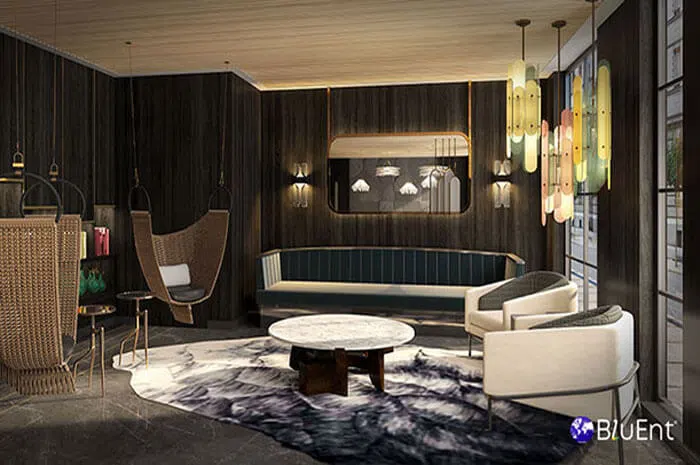 The Latest Furniture Trends for Furniture Design and Manufacturing Companies
The Latest Furniture Trends for Furniture Design and Manufacturing Companies